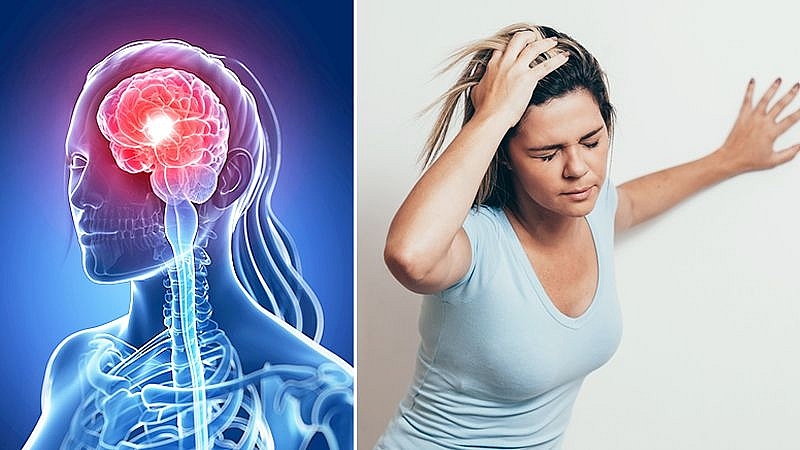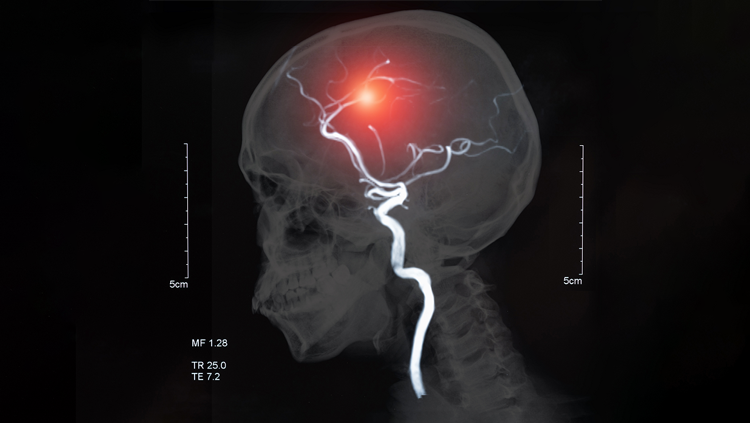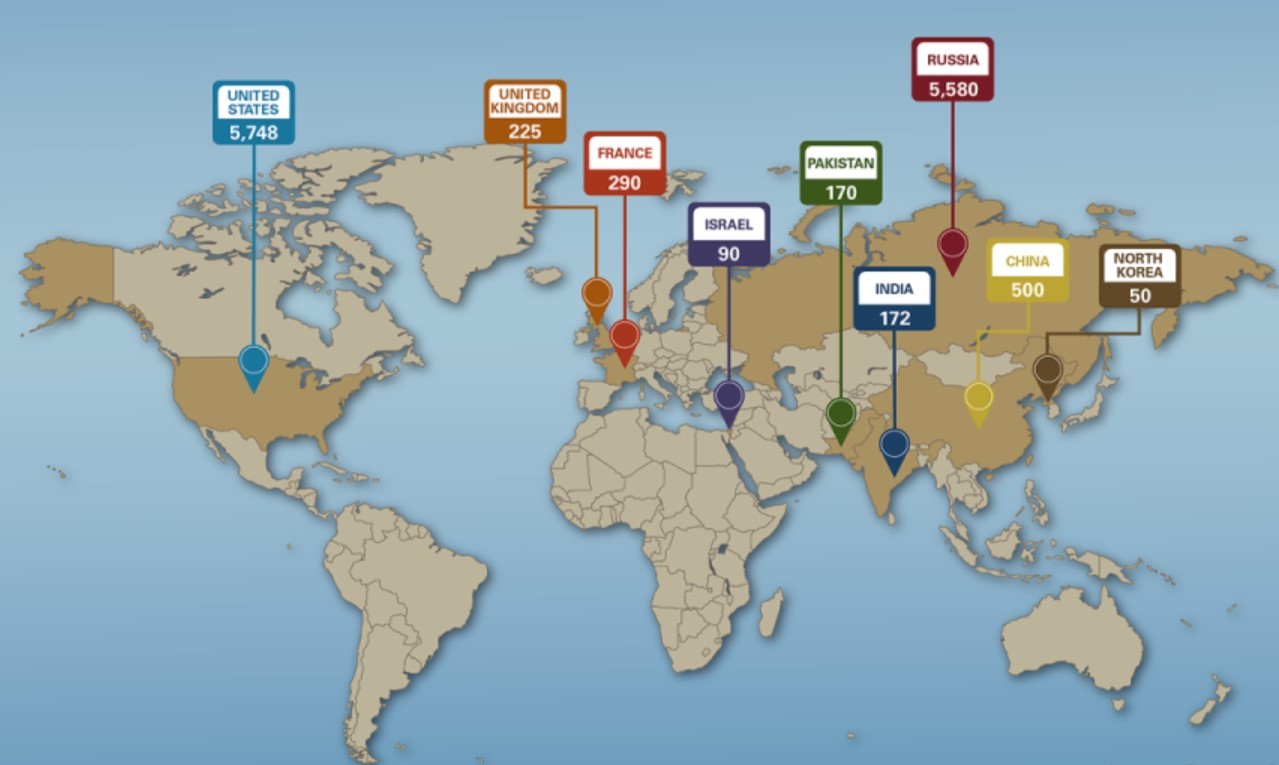Early Warning Signs of Stroke Before 1 Week, 30 Days to Several Months
 |
| A stroke or a “brain attack” can have life-threatening consequences just like a heart attack |
If you happen to have lightheadedness, dizziness, loss of balance, slurred speech, etc., transiently and then spontaneously disappear, please do not be subjective. It is a transient ischemic attack, signaling a stroke that will come to you in the near future.
Strokes happen when a blood vessel transporting oxygen to the brain bursts or gets obstructed by a clot. As a result, the brain doesn’t receive much oxygen and the brain cells start to die off. The functions controlled by the affected part of the brain will not be performed normally, and this will have a huge impact on health.
A stroke can manifest differently in every individual, but one thing in common is that it initiates suddenly.
Knowing them might save someone’s life.
Don't call it a "transient ischemic attack", call it a "minor stroke"!
Transient cerebral ischemia is abbreviated in English as (TIA). The concept of transient cerebral ischemia in recent times is no longer merely a transient phenomenon. "Flash" is what we don't care about anymore. Today, that concept is gradually changing.
A transient ischemic attack is classified as a mild stroke. People warn of this problem many times: the signs of a mild stroke and the early signs of a stroke are the same.
Symptoms of a transient ischemic attack are similar to those of a stroke or major concussion. But the symptoms of a transient ischemic attack do not last long. Most symptoms will go away within 10 to 20 minutes. Transient cerebral ischemia is divided into two types: cerebral hemorrhage and cerebral infarction with 2 main types of symptoms, typical and atypical symptoms.
Typical Symptoms of Minor Stroke
- Numbness in limbs, feeling of heaviness
- Changes in sensation: often lightheaded, dizzy, numb, crawling, headache
- Easy to drop objects in hand or difficult to hold firmly.
- Change in gait, loss of coordination in movement
- Voice disorder, difficulty speaking, confusion, distortion, inability to speak
Loss of balance, dizziness, seeing yourself spinning or surrounding objects spinning.
Atypical symptoms of transient ischemic attack
- Lightheadedness, dizziness, fainting, fainting
- Mild headache
- Forgotten momentarily
- Vomiting, nausea
- Convulsions, facial paralysis
- Pain in the eyes, distorted mouth
However, there are many typical cases: Patients entering the hospital saying they were talking normally but then being dumbfounded, or they called the name of a colleague who suddenly got the wrong name.
There are people who do not tell the doctor that they have weak hands and feet but report that they are eating normally, suddenly dropping their chopsticks and bowl, or a person is holding a pen normally, suddenly scribbling, words very bad, can't control his hands. It is a typical sign of a transient ischemic attack.
Dizziness and lightheadedness are common. There are some patients whose eyes are darkened, the body is like a room with a sudden power outage, then power is automatically restored, eyes can see again. This is also a typical sign of a transient ischemic attack.
If someone has 3-4 signs combined of a typical transient ischemic attack, we can say that it is a sign of pre-stroke, about to enter the stroke phase, not transient.
Therefore, never use the phrase "transient cerebral ischemia" as before. We will switch to pre-stroke or mild stroke to make people aware that a mild stroke can become a major stroke.
Also, if someone spreads their hand or makes an uncertain fist when we compare the two sides, that person has fallen into a mild stroke, which is no longer a transient symptom.
 |
| Stroke is the leading cause of disability and death in adults and the third most common cause of death after heart disease and cancer. |
| The UK Stroke Association pointed out that you must act FAST if you see any warning signs of a stroke: F - Facial weakness. Can the person smile? A - Arm weakness. Can the person raise both arms? S - Speech problems. Can the person speak clearly? T - Time to call 999 if you have any of these signs. "Most strokes happen when a blood clot blocks the flow of blood to the brain [i.e. an ischaemic stroke]," explained the Stroke Association. "Blood clots usually form in areas where the arteries have become narrowed or ‘furred’ up by fatty deposits (atherosclerosis)." |
How is a stroke treated?
Stroke cases when entering the hospital will be diagnosed by doctors through the process of questioning, clinical examination and most importantly, imaging results. In particular, the results of computed tomography (CT) and magnetic resonance imaging (MRI) of the brain will accurately diagnose whether there is a cerebral stroke or not and whether the stroke is in the form of an ischemic or hemorrhagic stroke. At the same time, the doctor will assign other laboratory tests to assess the extent, find co-morbidities and provide an appropriate treatment regimen.
In case the patient has an ischemic stroke, that is, the blood vessels in the brain are blocked, the doctor may prescribe drugs to dissolve the blood clot or intervene to remove the thrombus. However, this measure is only considered when the time from the first signs of stroke to being taken to the hospital is within 4.5 hours. This time is called the golden time in treatment, when the brain is reperfused, the brain cells have not yet completely died and the disease symptoms can be restored. If this time is over, the chance of a stroke to recover is almost no longer there. Therefore, in ischemic stroke, time is the biggest determinant of the degree of recovery. If we were just 1 minute faster, 2 million neurons of the patient would be protected.
Ischemic stroke cannot be prevented or controlled completely, because this disease is also related to many other factors such as lifestyle (alcohol use, smoking), medical history (dyslipidemia, high blood pressure). blood pressure, diabetes...), age of blockage (people over 50 years old with cerebral blood vessels enter the aging stage). At the same time, this disease often leaves many serious sequelae, even death, and if you are lucky enough to survive, the treatment costs are also very high. Therefore, if we recognize the signs of stroke 30 days before and find supportive measures, we can completely cope with the stroke.
How to prevent getting a stroke
As this article has shown, there is no single factor to what causes stroke. Instead, it’s the combination of several factors. Some of the best ways to prevent getting a stroke include changing your diet, exercise, sleep habits, and have better stress management.
Change your diet
Since what we eat can affect our risk of getting a stroke, it is important to know what foods are good for you and what foods may harm you.
Eat healthier foods like fresh fruits and veggies, whole grains, proteins from both plants and animals, and plenty of water most days. It’s also important to have breakfast within 60 minutes of waking up because it helps to keep blood sugar levels stable and to avoid what food we consume throughout the day.
Exercise regularly
Exercise is one of the most important things you can do to promote heart health and a healthy lifestyle.
It’s best to speak with your doctor about what exercise routine is best suited for you but we would recommend: stretching, aerobic activity, and strength training. Engage in an activity that is not intense for at least 150 minutes each week.
Ideally, these would be done three times a week for 20-45 minutes each day. This will vary by person based on age and fitness level and weight loss goal (excess body fat or insufficient muscle). But it’s important to know that any movement at all is better than none.
Some good exercises are walking briskly up hills (or just taking the stairs), swimming laps in a pool or lake, or doing stretches (including yoga and pilates).
Maintain a healthy weight
Maintain a healthy weight (i.e., BMI) or get down to a healthy weight if you are overweight or obese. Reduce salt intake, abstain from smoking cigarettes, and stop excessive alcohol use.
If you are overweight (BMI 25-30) or obese (BMI higher than 30), then you need to lose about 10% of your weight in order to reduce the risk of stroke.
Get enough sleep
Getting enough sleep each night has been found to be one of the best ways of preventing strokes. When we don’t get enough sleep, it tires the body during the day which increases the chances of you having a stroke.
At the same time, it’s advisable not to sleep excessively. According to a study, those who sleep for more than 9 hours have a 23% chance of getting a stroke compared to those who didn’t.
Don’t smoke any tobacco products
Quitting smoking will reduce your risk of getting a stroke by as much as 50%. The good news is that the risks decrease pretty quickly after you quit.
Studies have found that even years after quitting, people were still benefitting from not having smoked in the first place. The more time goes on, the less likely you are to end up with a stroke.
Reduce stress
Another effective way to prevent from getting a stroke is by reducing stress in your life. Try taking deep breaths, listening to soothing music or reading a book for some calm time.
Optimize your mood by being grateful, reflecting on what goals you have accomplished, and what can make this moment better.
Conclusion
A STROKE strikes when blood supply to a part of the brain is cut off. This results in the brain cells dying, and can lead to a fatal outcome. An ischaemic stroke occurs due to a blockage of blood supply to the brain, whereas a haemorrhagic stroke occurs when there's a bleed on the brain. Both can result in dire consequences.
If you think you or someone else has had a stroke, it’s important to seek emergency treatment as soon as possible so the damage from the stroke does not worsen. A specialist will be able to find out the cause of stroke and how best to treat it.
 What is Stroke in America: Symptoms and Best Treatments What is Stroke in America: Symptoms and Best Treatments What is Stroke: The information given below will help readers have a thorough grasp into the definition, symptoms, treatments and the rate of stroke in ... |























